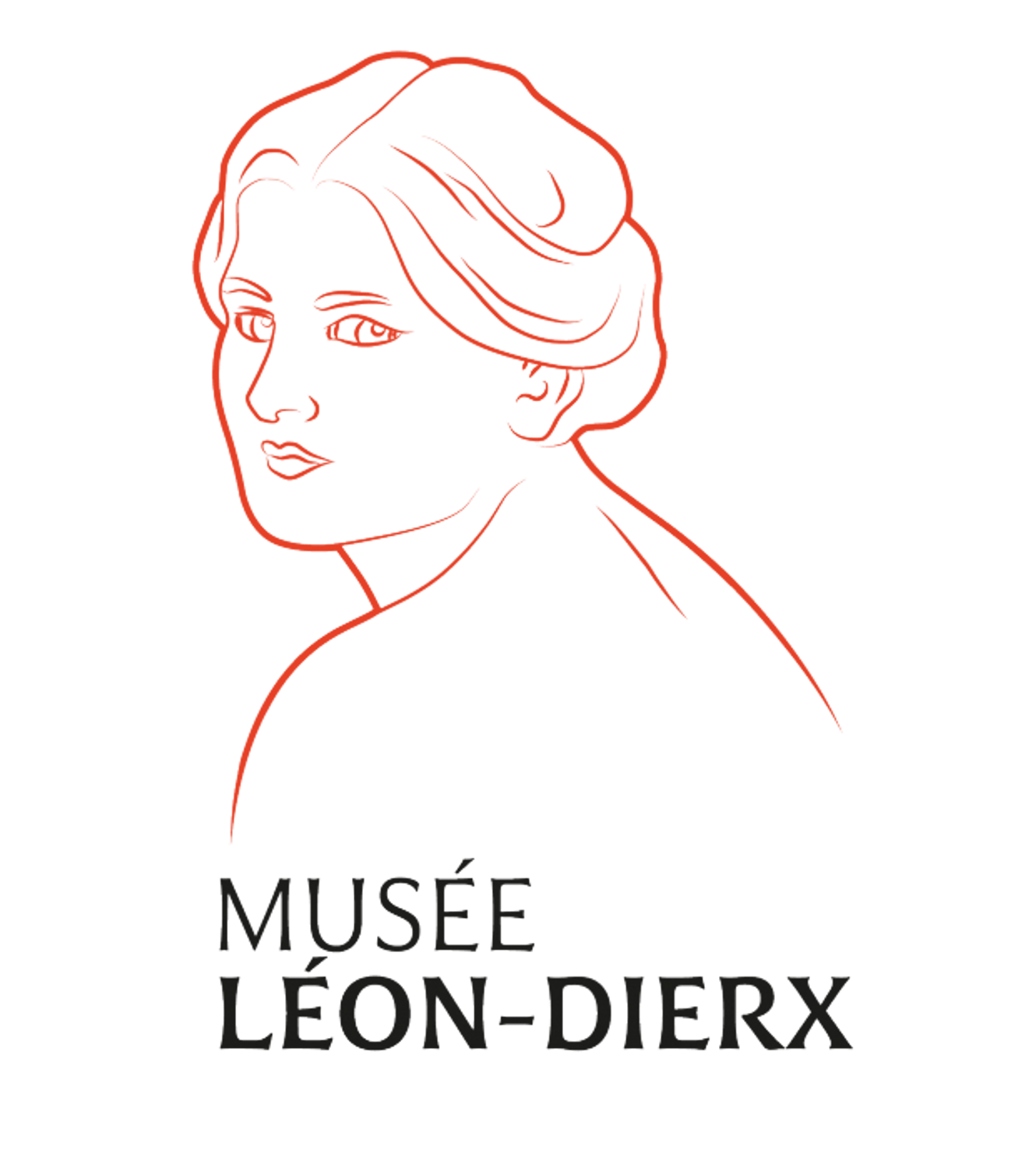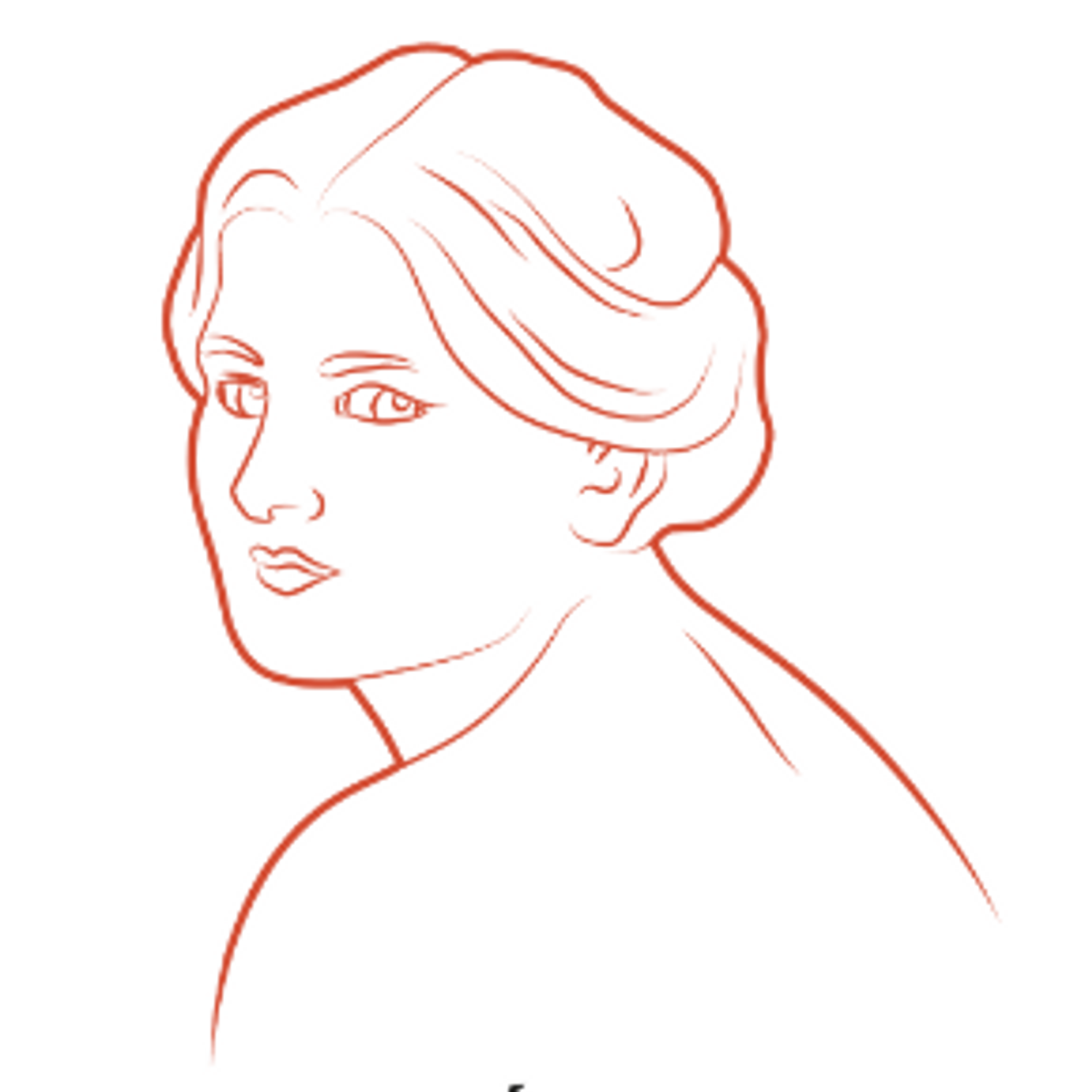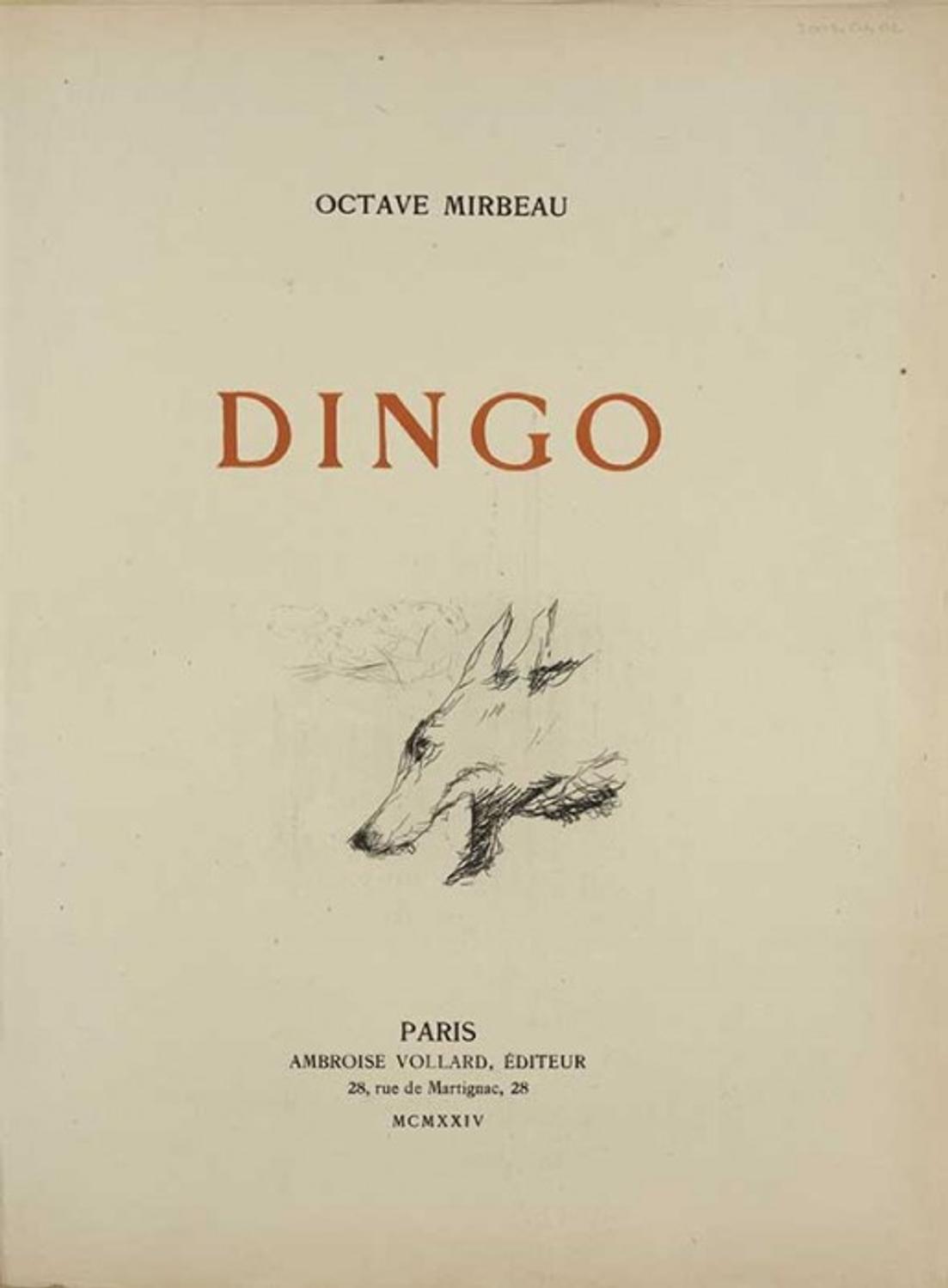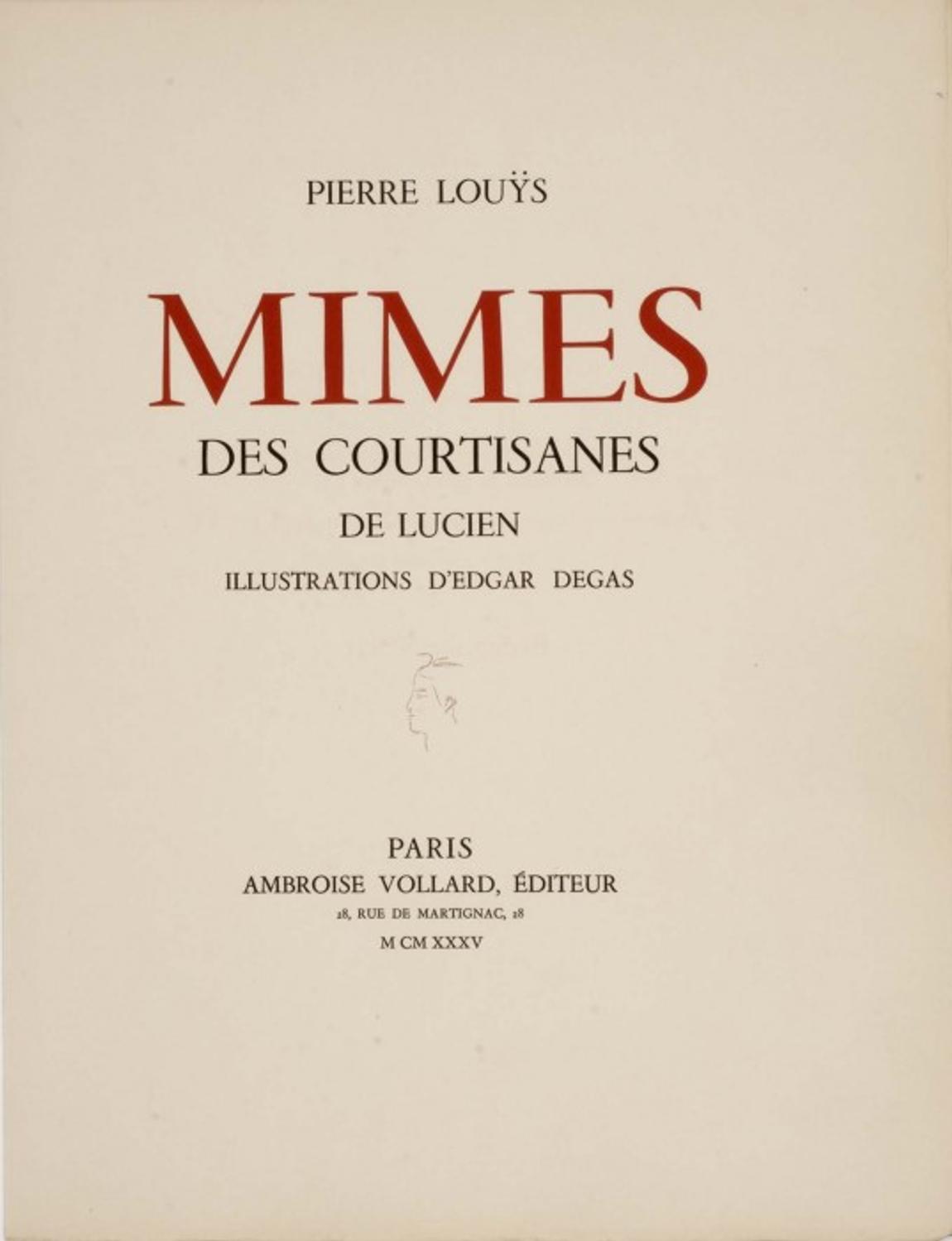AMBROISE VOLLARD, PUBLISHER OF ART BOOKS
The « artist's book »
Ambroise Vollard had a true passion for books and decided to become a publisher. In addition to renewing the art of etching, he also wished to reawaken in people a love of books, by asking artists who were not professional illustrators to produce illustrations for various works: the « artist’s book » was born. Vollard imagined a complete role reversal, with future publishers asking writers to put their talents to the service of painters’ inspiration.
Over a period of 40 years, he published 40 or so innovative books for bibliophiles. Many of these were volumes of poetry, some of which were never finished or put on sale. His books were often reworked in order to achieve exceptional technical perfection. When Vollard died, 25 volumes were in the process of being edited.
Vollard’s books were always sold unbound; at times, they sometimes contained full-page etchings or additional series of etchings (with no text). Vollard’s choices as publisher were eclectic, ranging from traditional literary works: Homer, Virgil, Ronsard, La Fontaine, to avant-garde authors.
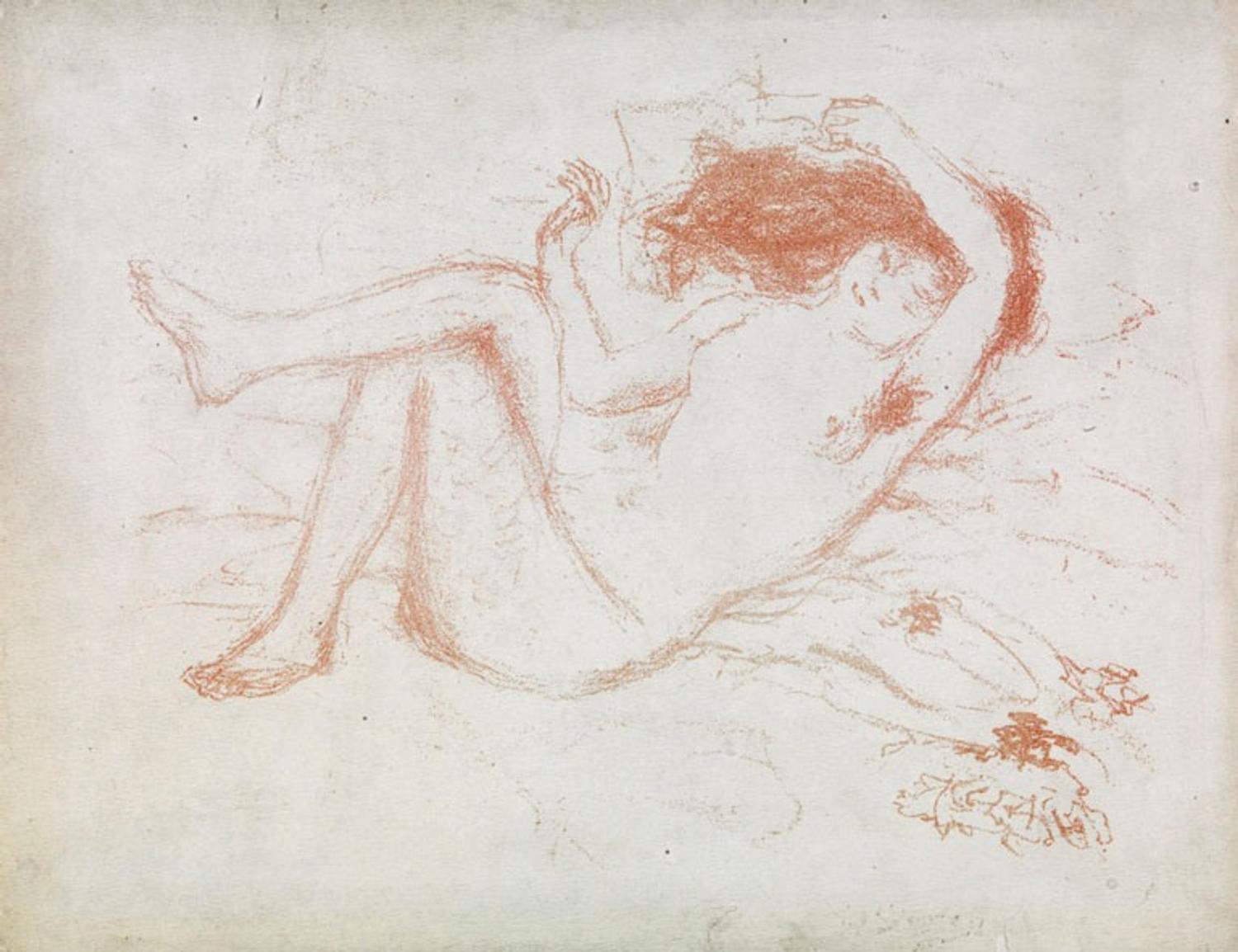
Pierre Bonnard, in "Parallèlement", Paul Verlaine, 1900
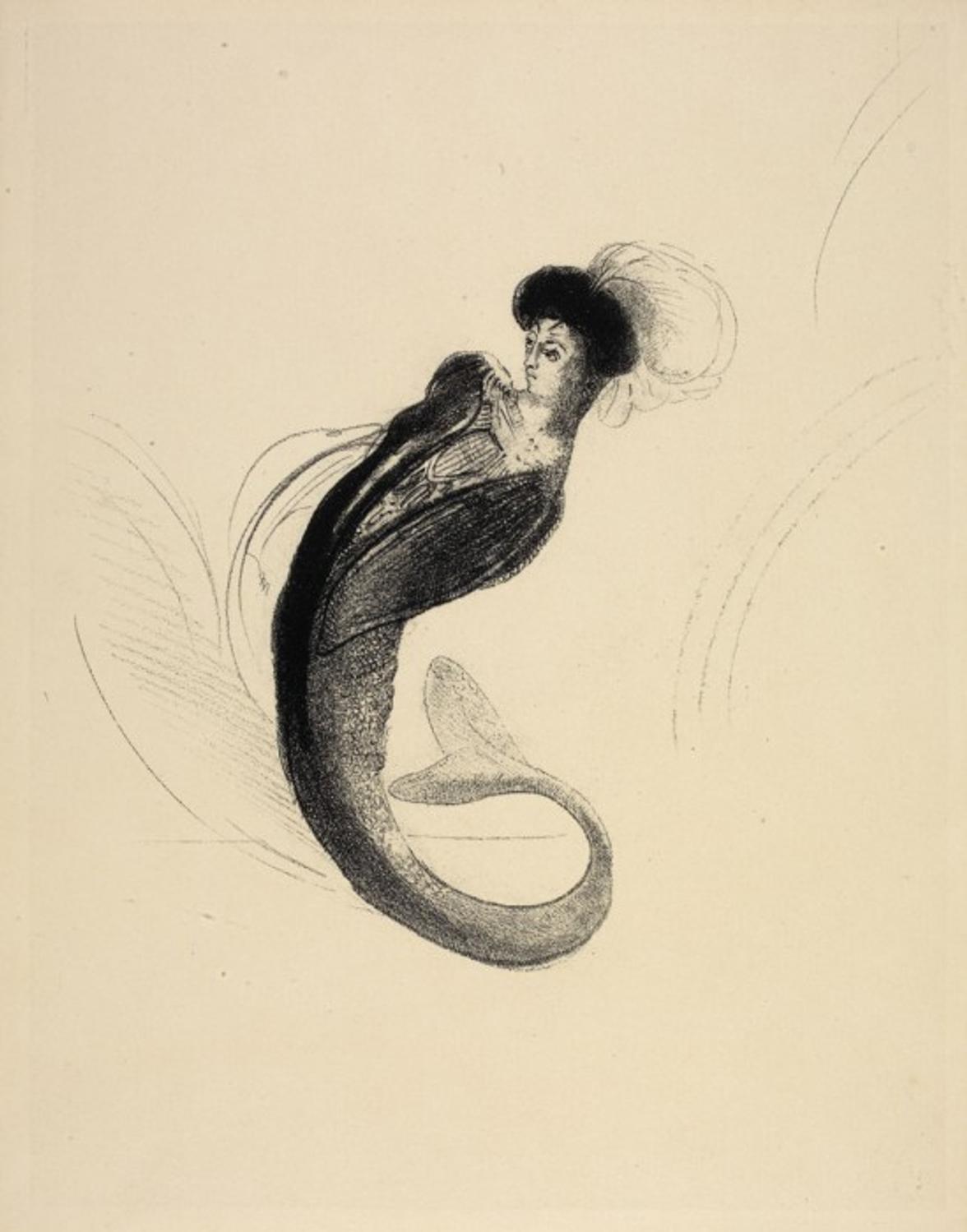
Odilon Redon, La sirène, in "Un coup de dés n'abolira jamais le hasard",
Stéphane Mallarmé, 1897
A few titles
Composed in 1897 by Stéphane Mallarmé, Un coup de dés jamais n'abolira le hasard (A roll of the dice will never abolish chance) was one of the first typographic poems published in the French language. Vollard asked Odilon Redon to illustrate it, the artist producing four black-and-white lithographs. However, following the death of the poet in 1898, his family refused publication of the work. The art dealer conserved the proofs of the texts and the illustrations, hoping to be able to publish it one day.
Ambroise Vollard’s career as a publisher was truly launched in 1900 with the issue of Parallèlement (In parallel), a collection of poems of an erotic character by Verlaine. For the illustrations, Vollard contacted Pierre Bonnard, who produced 109 lithographs and 9 woodcuts, the result being a truly beautiful work that met with enthusiasm in artistic circles, but was rejected by purists in the world of bibliophiles. Bonnard drew freely on the pages of text, sometimes impinging onto the poems and overlapping into the margins. The lithographs were printed using sanguine, which accentuated the voluptuous and tender character of the feminine figures.
Illustrated by the same artist but in a more classical style, Daphnis et Chloë (Daphnis and Chloe) by Longus was published the following year, with the main illustrations printed in dark colours on square or rectangular formats.
There followed, among others, Les Mimes et courtisanes (Mimes and courtesans) written by Lucien de Pierre Louÿs and illustrated by Degas, Sagesse (Wisdom) by Verlaine, with illustrations by Denis, La Tentation de Saint-Antoine (The temptation of St Anthony) by Flaubert illustrated by Redon and Passion (Passion) by André Suarès, with woodcuts by Rouault.
